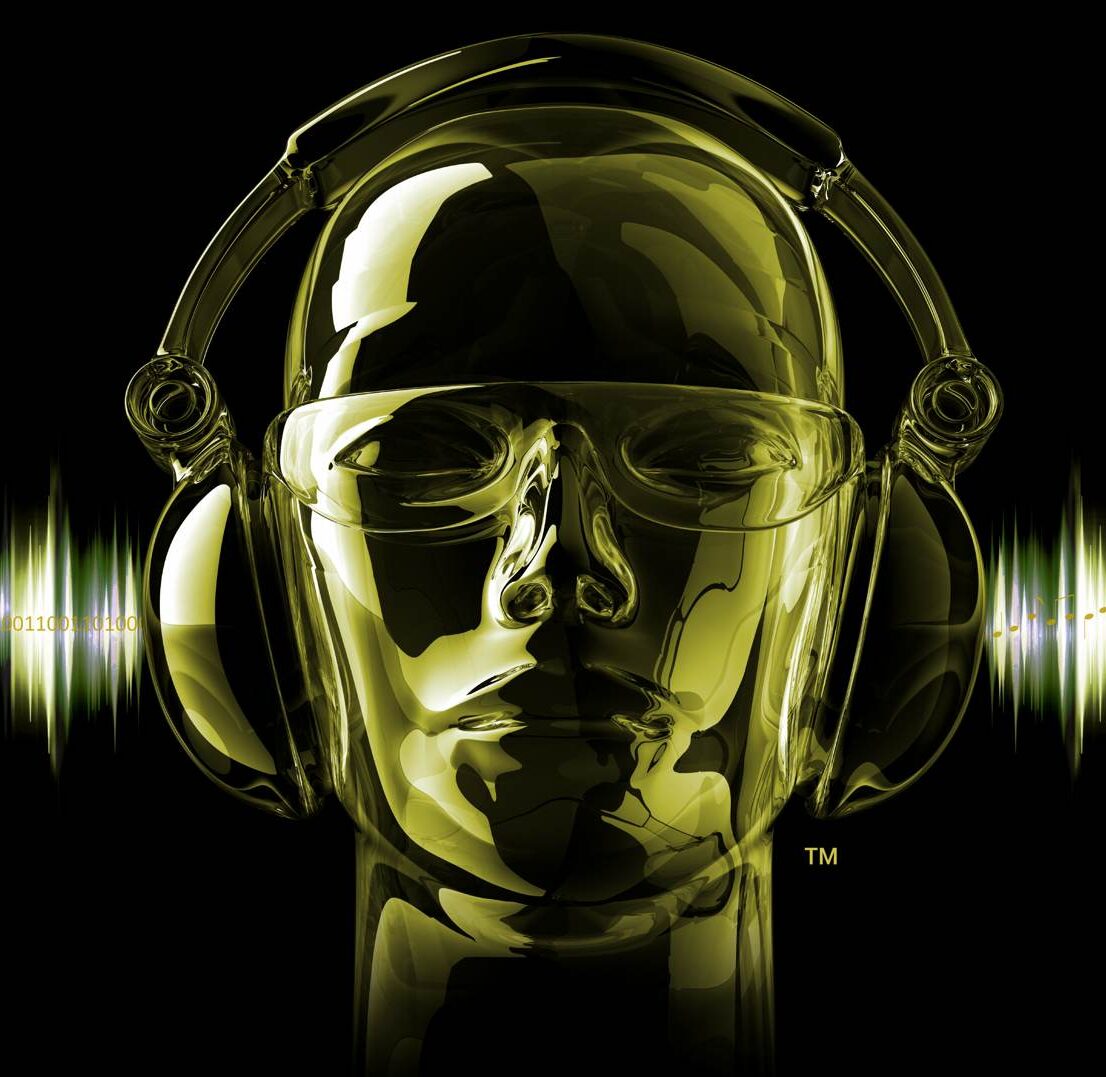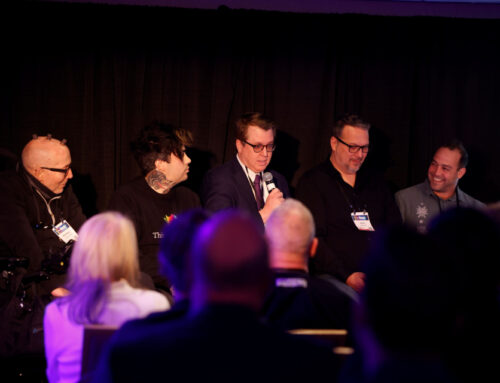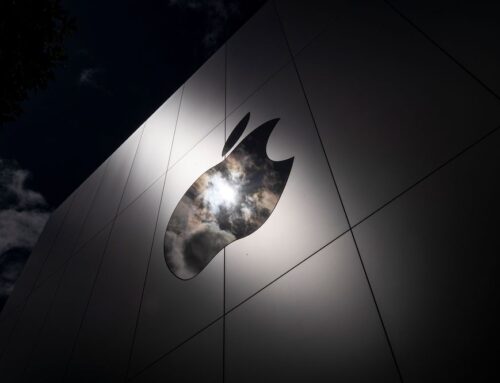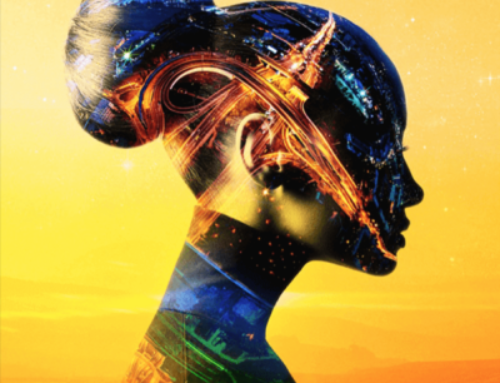The Creator Spotlight series highlights the community, work and history of innovative Spatial Creators, audio designers and experience designers. Our goal is to inform, inspire, and build a community surrounding spatial technology and the power of sound.
Source + Full Spotlight @ https://www.spatialinc.com/newsroom-articles/paul-sitar
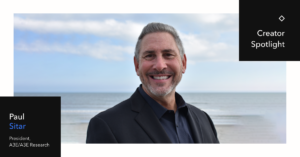
Paul, tell us about your background and how you found your home in the music and audio space. How did you develop A3E?
A3E stems from and is rooted in an event I created back in 1999 called the “Interactive Music Xpo”. At that time, I had left a 10-year career in the aerospace industry to get into technology. I was fascinated by what was going on with digital distribution and wanted to focus on how technology was affecting musicians and music at that time.
Fast forward to 2013, A3E was created; instead of focusing on record labels and instead of digital distribution being the disruptive technology that was changing the industry, it was more so music instrument manufacturers being disrupted as developers began working with artists to create new apps and content creation tools. A3E focused on getting developers, instrument manufacturers, and artists together to look at the advent of emerging technology that were taking creatively to the next level.
How does A3E bring individuals together in the audio community?
We start by doing research. We feel engaging these audiences –– talking to them, understanding what keeps them interested, how they feel about disruptive technologies, deep diving into issues, such as artificial intelligence or what we call artificial creativity –– is core. We ask questions and collaborate on conversations about where the future’s headed. Then, naturally by sharing information with those communities and involving them in the conversation, we’re able to curate our own events or co-locate A3E educational programs with our partners.
At A3E, our goal is to help artists, developers and music technology understand trends and where things might be headed. This helps us build those communities and brand loyalty because in return, they’re getting the research and survey results summarized or as we call them, RADAR Publications. We feel the way we engage these communities is to have them participate, give back from a wider perspective from what their peers are saying and then take that information and showcase it at large industry events.
How is the research conducted and executed in A3E?
It’s all done in-house by A3E. We leverage great relationships with A3E alumni and our advisory board so we have amazing music technologists –– people from three communities: developers, artists, manufacturers. At this point, we’ve got access to 519 speakers that have participated over the past eight years with A3E and they are core to our audience, so we bounce ideas off of them.
What is your take on the ecosystem for artists – and the future of sound design and music in regards to the ecosystem?
The overall industry ecosystem starts with emerging technologies. Those technologies can impact three things; production, performance, and monetization platforms.
We then look at the possible experiences that come from the new technologies –– consumption, live performances, fan interactions, peers/content creations, live experiences, etc.
Spatial is a perfect example of how technology can be utilized to support artistry and create elevated immersive audio experiences. Understanding the novelty and uniqueness that Spatial seems to be bringing is a core component of what we like to do with A3E.
The third part of this, which comes back up to the top of new technologies, or the circle of life if you want to call it, is the monetization. How do we monetize? How do artists make money? How do companies that are expending resources to pioneer R&D create profitable business models that allow them to continue funding and thrive in a viable industry? The music industry is still trying to figure all of this out. We see Spatial as an emerging cutting-edge technology being utilized to create new experiences, which is how we maximize the value of the listeners’ experience – monetizing or adding value with technology. This really elevates the need to continue to build new technology in the immersive segment.
You mentioned Spatial as an emerging technology–– can you expand on how Spatial opens doors to create a new space in the immersive marketplace?
For a young company, I respect your outreach and participation in industry events. You are immersing yourself in the industry and engaging audiences to get feedback, and take your technology to the next level. I think getting feedback is really important and I see that with what you’re doing with creators.
By rendering soundscapes in a physical 3D space, Spatial’s software has made it very easy for someone that is sophisticated in sound design and audio engineering or a novice person to create sonic experiences. There is something unique about building a soundscape and then hearing it rendered in an actual physical environment – to be able to create sound objects with with physical characteristics like distance effects just by manipulating the orientation of these sounds the space, even visually, I just think it’s a really cool way to see and hear how sound is going to impact the feel of the soundscape in a space. All this takes into account building an environment that isn’t about a single listener.
Spatial adapts very quickly, not only to the 3D physical design that has been analyzed through Spatial Reality, but also has the ability to be compatible with video, lightning, and different outputs or inputs. It’s a very novel approach and I think Spatial is pushing the envelope with ease of use, impactful immersion, and actually changing sound into feeling. That’s really what it’s all about –– the whole point of immersive 3D audio is to elicit a feeling and be able to transform a listener into a believer so they walk away with something that they haven’t heard or experienced before walking in.
You’re clearly passionate about this industry. What drives you to be so passionate about the experience of sound itself?
When I left my aerospace career after 10 years, the first thing I wanted to do was focus on how technology changes things, music, sound, and audio because it’s just such a big part of everyone’s life, like my own.
It was how sound really controls someone’s feelings, how they get up in the morning, how they work out, how they have a bad day and want to transport themselves to a different location or a different vibe or energy –– it was all done with music at the time. It’s not just music anymore; it’s audio and now it’s content when you look at gaming and film. But the focus was that the core of who you are is transformed by audio and sound.
And I think it leads to a sense of evolution coming in. I’m very excited to see what happens with what Spatial’s doing, just the neuroscience of sound and what that does to listeners and I know you explore that with wellness in different facets. I think the deeper combination of focusing on neuroscience and using it to a much greater degree in your type of technology will bring the culmination of truly capitalizing on what immersive audio can do to a soundscape, whether it’s in a live performance, a VR 3D game, or just listening to music –– you can start to take that neuroscience and blend it with what you’re doing. It kind of gives you chills a little bit to think about it.
When I listen to so many people talk about hearing and sound, I start to think about people that are hearing-imparied or the change in hearing as you get old. Imagine if you can use neuroscience to take someone that maybe has never heard sound. Understanding the chemical releases and things done by individuals during that sound experience, could you then take that same application and give it to someone who is deaf or hearing-impaired and have them feel at an emotional level, at a cellular level, what the sound is. I think that it’s something that’s fascinating.
What particular research project have you done in the past with A3E that you feel can transform the industry?
One of the last research projects we did was eye-opening; we looked at taking artificial intelligence, which has been a big fear, a constant buzzword over the past 8 years, into advanced audio applications. We were looking at artificial intelligence as artificial creativity because we feel that creativity, whether it’s a machine doing it or a human doing it, whoever the consumer/listener is visualizing it, whatever affects them is the win.
We’re trying to get people away from that feeling of “it’s going to be the end of my job as a content creator” and instead, embrace it and look at tools like Spatial and use it to augment what they want to do; “it will help me with time savings and being able to allow me to release creativity especially in the ideation process”. So that artificial creativity study was really important to us.
What do you see as the biggest limitation that creators face when designing sound, in particular with immersive or 3D sound?
As I think about that, the limitations are being removed constantly that used to exist. The expense, time, and hassle to go through and produce audio or sound designs is being removed all the time but the limit with that same technology is the exponential rate of innovation.
The technology and those advancements are removing the limitations that used to exist, but the learning curve becomes very difficult. It evolves so quickly and something new is on the scene every few months that it puts up an opportunity or challenge. I think technology removes the barriers that used to limit sound designers but also then poses a challenge of having to keep up with the advancements.
Tell us how you see or hear sound evolving?
Something to notice about sound, it isn’t just what you hear, it is what is happening around you, and how you are feeling in the moment. We’ve advanced our consumption; it’s like when you got something in mono then it went to stereo and that wasn’t enough – you needed an equalizer with tons of ways to manipulate the music –– it’s an insatiable thing that people want to get so immersed that they chase the feeling – the excitement.
The more people want to feel, whether in a game, a movie, or driving an autonomous car, I think the storytelling will come to fruition when you’re not just imagining it anymore, you’re also feeling it – living in it. And that’s what sound does. It’s until you feel it that it transcends and affects you at your core.
Again, I just think what Spatial is doing to make people feel what the artists and creators are trying to do at a physical location such as a retail space. I think when sound begins making people feel – it is a beautiful thing.

